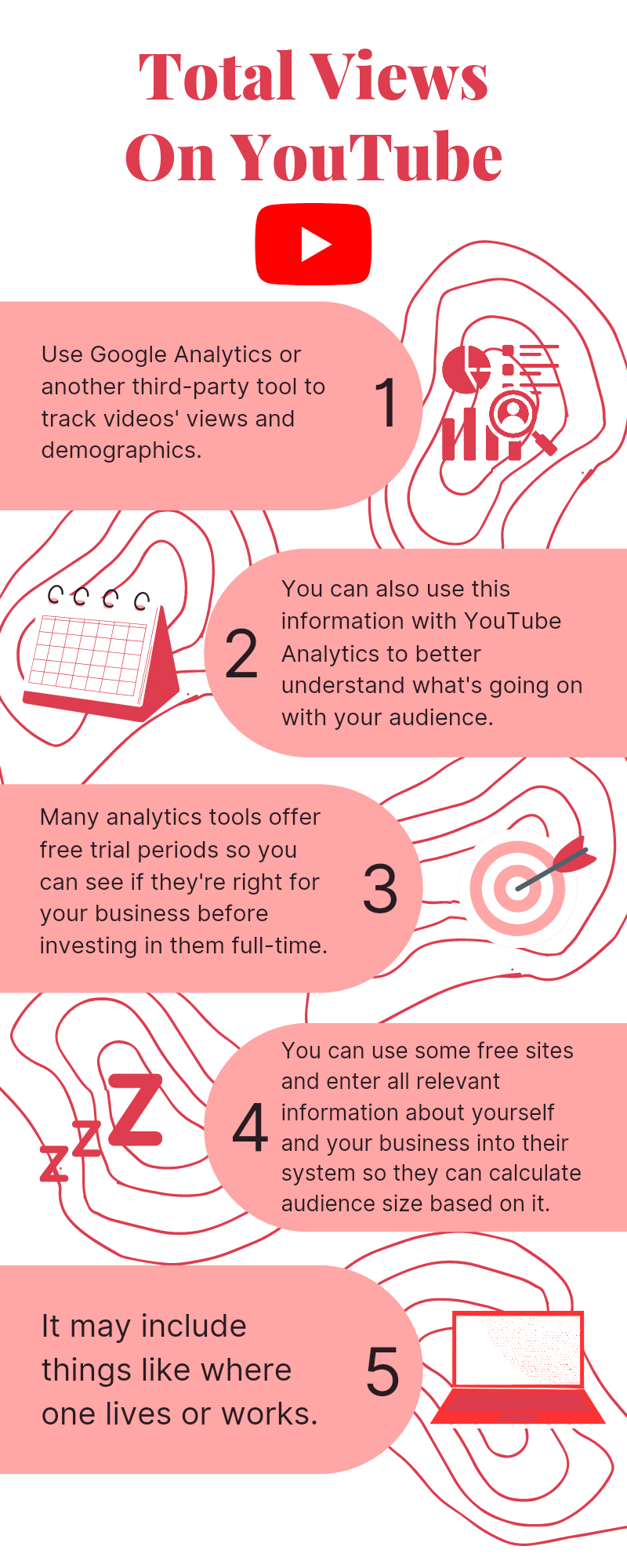The YouTube view count metric is a controversial topic that many can misunderstand. People aren’t watching videos for the same reasons they used to watch them in the past. The average view time on YouTube has decreased from around 20 minutes to less than 10 minutes over the last year. You can use YouTube annotations and trackbacks to let users know where you got your content from and where it’s going.
YouTube’s view count metric is a controversial topic.
It’s important to understand the difference between view count and view. View count is a metric that YouTube uses to determine how many times a video has been viewed on its platform. In contrast, the view is simply any time someone watches or views a particular video (including rewinding). As such, it’s not uncommon for an uploaded video to have millions of views but only hundreds or thousands of actual views—and vice versa.
Some people new to YouTube may be confused by this difference and think that they need more views if they want their channel to rank higher in search results. But this isn’t true; there’s no magic number for how many “views” you need before your channel gets ranked higher in search results!
How to track how many people have watched your video?
Conversely, YouTube does not report how many people have watched your video. If you are a YouTuber and want to know how many views your channel has, there are two ways:
- Use Google Analytics or another third-party tool to track videos’ views and demographics. You can also use this information with YouTube Analytics to better understand what’s happening with your audience. Many analytics tools offer free trial periods so you can see if they’re right for your business before investing in them full-time.
- You can use some free sites and enter all relevant information about yourself and your business into their system so they can calculate audience size based on it. It may include things like where one lives or works. It provides accurate information about these factors and helps make more accurate estimates for each specific demographic group within those locations! But make sure to sign up on a reliable site.

Total Views On YouTube
People aren’t watching videos for the same reasons they used to watch them in the past.
You may have noticed that the way people watch videos has changed. In the past, people would watch videos because it was entertaining and informative. But now, they’re also using them to learn new skills, connect with others, or be entertained by something they find interesting.
It’s important to note that these are all good reasons to watch content online! And if you want more ways to engage your audience, here are some tips on increasing their engagement with the content you create.
The average view time on YouTube has decreased.
The average view time on YouTube has decreased from around 20 minutes to less than 10 minutes over the last year. And this can be figured out from several factors, including:
- The average view time for longer videos is lower than six months ago.
- Videos with more views will decrease their average view times because they’re more likely to be watched by people who are new or unfamiliar with your channel and may not yet know how long they should expect to watch before getting bored or annoyed.
- Videos with lots of comments (and thus lots of interaction) also tend to have shorter viewing durations—so if you want followers who come back often, making sure that your content resonates with them is key!
You can use YouTube annotations and trackbacks.
Annotations are the easiest way to tell viewers where you got your content from and where it’s going. You can link directly to other videos, external sites, social media accounts, and websites. You can also use annotations to link back to your website or email address (if you have one).
Ways you can increase views on your YouTube channel.
View count is a vital factor for every creator on YouTube. So, it becomes essential to maintain an ideal number of views for a lifetime. As per new rules, you may need to gain 10,000 views to monetize your videos on YouTube. There are several ways you can increase your views on YouTube. One of the best ways is adding annotations and trackbacks to your videos.
Annotations are little messages that appear when the video has been paused or played back in the player. They let viewers know where to find more information about the content, including links to external sites like Wikipedia or IMDb (the Internet Movie Database).
Trackbacks are also known as pingbacks; they allow others who’ve linked to a page on your website/blog some way of letting them know about updated content there too!
YouTube can be a great way to get people interested in your content. If you are looking for ways to increase views on your channel, we recommend trying out annotations and trackbacks.
